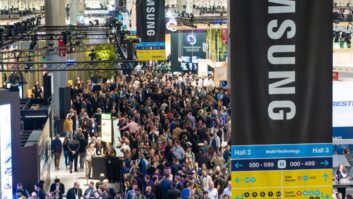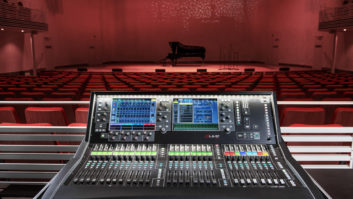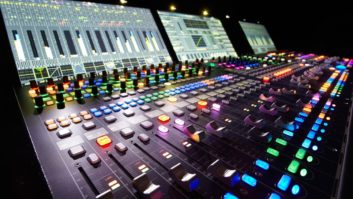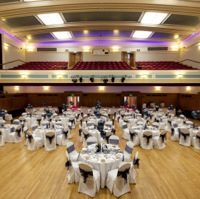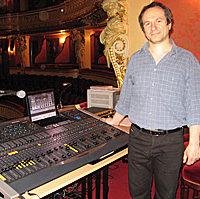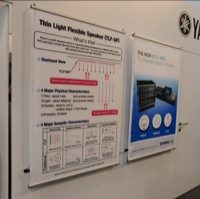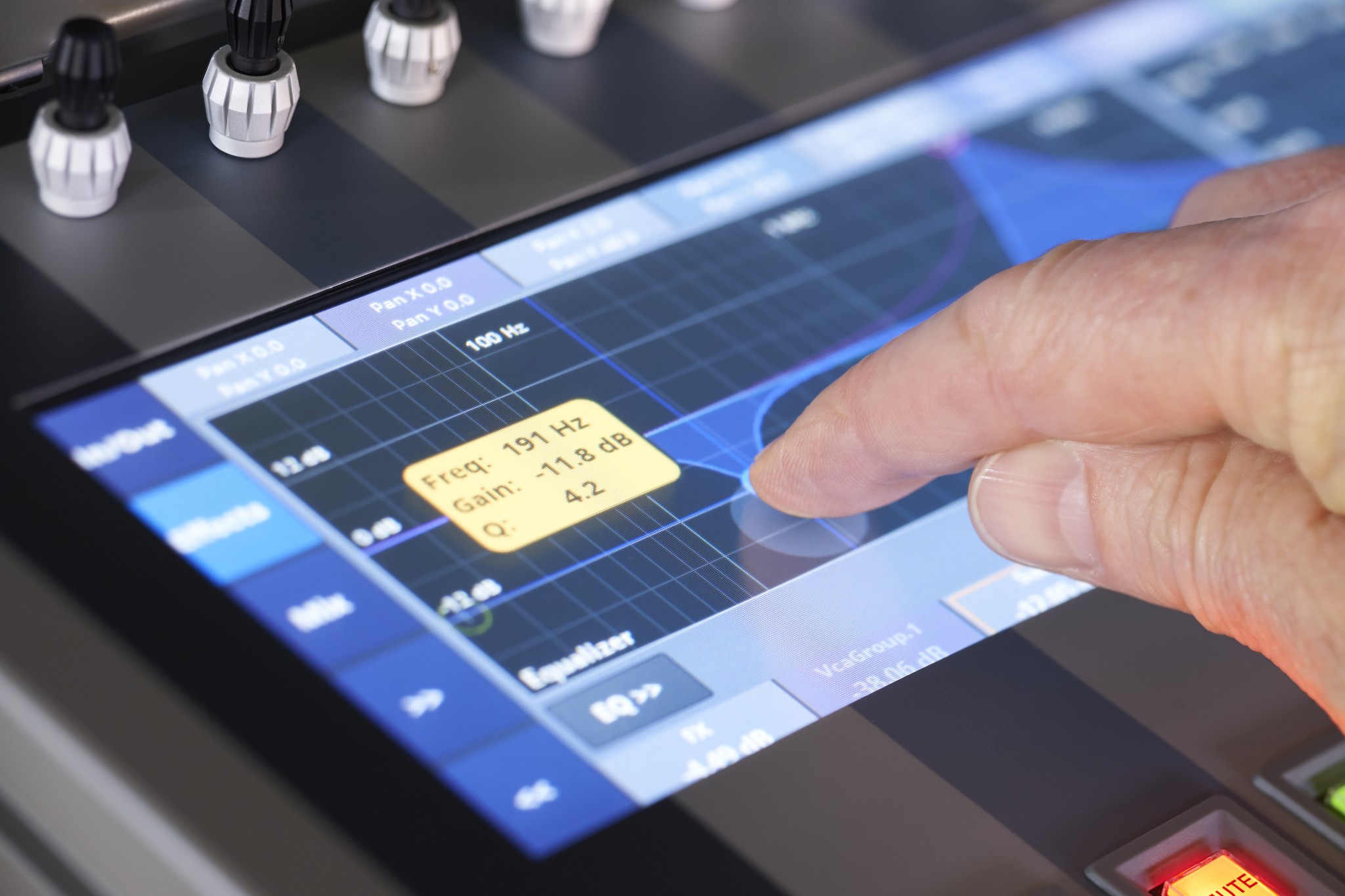
Following pieces on balancing costs with feature expectations and theatre-specific software, David Davies concludes his trilogy of articles on theatre audio consoles by considering the possibilities of networking capability.
By general agreement, theatrical customers have not been slow to embrace the possibilities of extensive networking. Audinate’s Dante is increasingly regarded as a first choice, but with a myriad of solutions available manufacturers have been obliged to offer interface cards and network bridges for different networking technologies.
Examples abound of multiple protocol support. For instance, Cadac utilises its own proprietary digital interconnect protocol, MegaCOMMS, to provide up to 128 bidirectional channels of 96kHz/24-bit audio, along with all control data and clock synchronisation. But the company also manufactures a few network bridges that allow MegaCOMMS to talk to Dante- and MADI-based networks.
Elsewhere, DiGiCo is the only console manufacturer to utilise OEM Optocore fibre ring networking and is currently running the native 2.21 Optocore protocol, but like others has also supported Dante since introducing its first Dante-implemented products at Prolight + Sound in 2011.
In the contemporary, cost-conscious theatre market, these expectations seem to be etched in stone now. But what of emerging factors and features – and the impact these are likely to have on console design over the next few years?
In the wake of Soundcraft’s groundbreaking Si Performer audio console that offers DMX lighting control, there has inevitably been discussion about the future scope of consoles to deliver non-audio capabilities as more of a routine occurrence. But in the market generally, there is a feeling that what we might call audio-plus consoles could be relatively limited in their appeal.
“I can see how the audio-plus desks works in terms of the intended market,” says Cadac brand development manager Richard Ferriday, “but if you go to a larger sort of set-up, you are typically going to find one person mixing sound, another running the lighting and someone else directing video, and those three will need their own user interfaces.”
“I think [that sort of console] could probably do well with the amateur dramatics side of thing, but when you get to a regional theatre [level] the skills of setting the scene with lighting and mixing sound well are very different,” says DiGiCo MD and ProAudio Group CEO James Gordon. “You tend to be a lampie or an audio person; the crossover is not that great yet. And video is even more complex…”
Whatever the case, console makers in general will certainly need to work harder than ever to establish points of difference in a highly competitive sector. Inevitably, they have different (albeit not dramatically so) takes on how they think the theatre console segment will develop over the next few years.
For Lawo, product manager for live & theatre Hervé de Caro expects there to be a continued emphasis on “integrating the maximum amount of technology in the console in terms of effects, recording capability and so on. There will also need to be continued flexibility in terms of how the user manages the busses and I/O, particularly when they are using a smaller number of faders. That is very important because the user must always be able to feel comfortable with the system.”
Sean Karpowicz, Soundcraft product manager for the Si Series mixing consoles, meanwhile, predicts increased convergence and control of audio equipment located venue-wide from the main console. “We believe that the more you can control and monitor your venues’ equipment from the console, the better, hence why we have AKG microphone monitoring on our Vi desks, Soundweb London Control from Si consoles, HiQnet integration on all our consoles, and much more,” he says. “We fully expect to keep adding this kind of functionality as it allows the engineer, tech manager and operator the ability to control the tech from one place.”
Cadac brand development manager Richard Ferriday also anticipates continued convergence – including in the form of more inter-company co-operation. “Digital mixers are starting to become more similar to each other and I think we are starting to see the beginning of a convergence [in the market],” he says. “One result of this will be that I think there will be a lot more co-operation between different manufacturers [to help create stronger offers]; for example, at the moment Cadac is in the process of integrating Waves’ SoundGrid and plug-in products into its consoles.”
With digital consoles now as firm a fixture in theatreland as jukebox musicals, the main question going forward is quite how much functionality users will expect to have access to on a day-to-day basis as outboard amplification and effects become more scarce. Fortunately, it seems that console makers are well ahead of the game in this regard and will be able to provide them with an abundance of choice and price-points.
www.digico.biz
www.soundcraft.com
www.cadac-sound.com
www.lawo.com
www.stagetec.com
